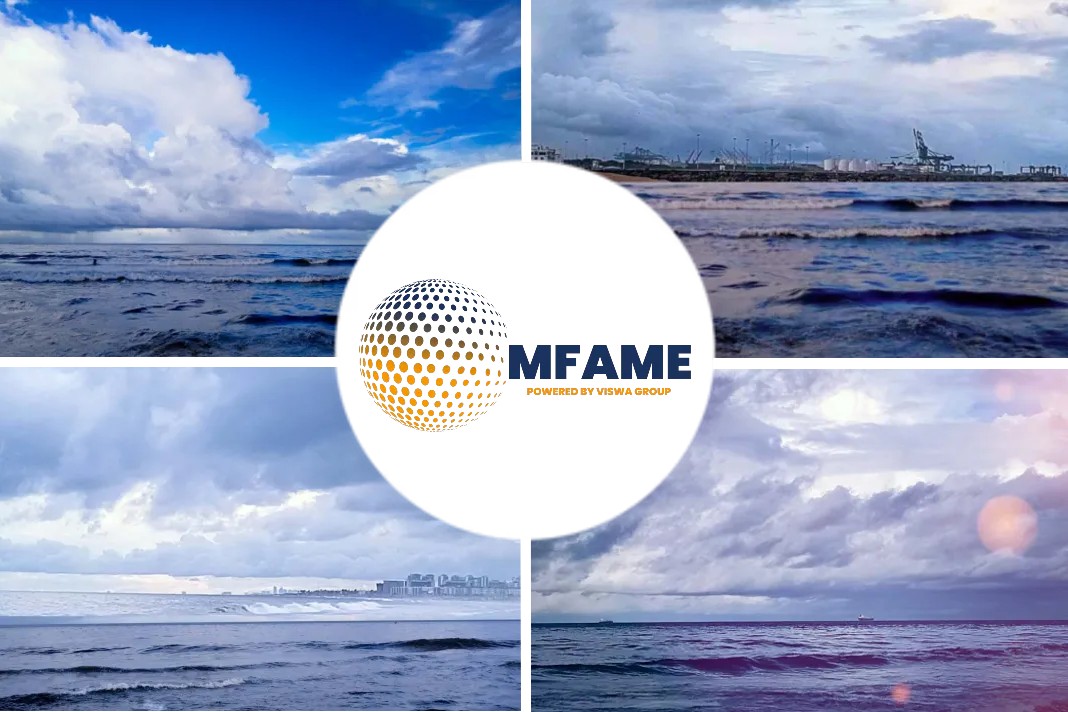The Mission to Seafarers has published a report called ‘Beyond the 2%, Women Seafarers and their Lives at Sea: Reflecting on Our Call to Care.’ The report is intended to act as a discussion document for the charity and other maritime welfare providers, reports Safety4sea.
Challenges faced by women at sea
The report considers the unique challenges faced by women at sea and how organizations can tailor their support to contribute towards a better future for female seafarers.
“The impact of the pandemic is still being experienced by seafarers as a whole. However, in light of the first International Day for Women in Maritime, the Mission feel that now is an opportune time to focus on the experiences of women at sea,” said the Mission to Seafarers.
Despite many initiatives, women are still under-represented in the maritime industry and make up just 2% of the world’s estimated 1.2 million seafarers. Both male and female seafarers experience a range of challenges when working at sea, but there are some that are specific to women as they must adapt to a male dominated working environment.
The Mission aims to highlight some of the difficulties that women still encounter at sea in this report, including challenges specific to different vessels, such as cargo ships, cruise ships and superyachts.
It is hoped that the report will help The Mission to Seafarers and other maritime welfare providers to reflect on our relationship with women seafarers, the care we provide to them, and how we might shape our services for the future so that we meet the needs of the women seafarers who visit ports and our centres around the world.
Revd Ijeoma Ajibade, Regional Director Europe, The Mission to Seafarers, said, “Women seafarers around the world are doing incredible work despite the challenges that they encounter. All seafarers work in a complex and difficult environment, but women seafarers face additional difficulties because of who they are.”
Maritime Welfare and the Needs of Women seafarers
Maritime welfare support was traditionally developed to respond to the needs of male seafarers. Now that we are beginning to see a greater presence of women seafarers, welfare agencies need to ask themselves whether there is more that we can do to identify and meet the support needs of women seafarers?
In order to answer that question those who work in the sector providing this much needed support need to understand the specific challenges women seafarers
face. This will then enable shipping to shape services and support so as to meet those needs.
Maritime Education and Training
There is clear evidence that women continue to face discrimination when seeking to access maritime education and training. Research published in 2003 found that:
- In some countries, women may find it difficult to enrol on nautical courses and where they do enrol, women have reported that they encounter training staff who are averse to their presence. Professor Helen Sampson believes that some of this could be because colleges have learned that it can be difficult to place women cadets on ships to complete their requisite sea time. This then impacts on the college statistics, because 100% placements are an important part of any maritime college marketing strategy and college success.
- Some employers can be reluctant to take on women cadets or qualified female seafarers, partly because of the erroneous belief that women work at sea for less time than men.
In addition, the 2019 WMU conference highlighted the many ways in which these difficulties still exist and the importance of access to appropriate training and education. Conference delegates passed a set of conclusions stating that the maritime industry should:
- Promote role models for women in the maritime and ocean communities that can inspire and attract younger generations to sea-related activities, empowering women to acquire skills necessary to achieve leadership positions and break the glass ceiling.
- Motivate women and girls in primary and secondary education to pursue career paths in the maritime and ocean fields, and in particular to raise their awareness
in the fields of science, technology and IT-related competencies, engineering, and mathematics. - Open early-career job opportunities for women and develop attractive career paths for them.
- Organise mentoring, sponsorship and networking programmes that increase the recruitment and retention of women in the maritime and ocean communities.
Sexual Harassment and Intimidation
All shipping companies and agencies need to find effective ways to address sexual harassment. One way forward is for shipping companies and agencies to have robust antiharassment policies and to be supportive when incidents are brought to their attention.
Refraining from harassment and bullying, and the need to observe respect and dignity towards colleagues, can actually be written into employment contracts for seafarers. Research shows that some shipping companies have anti-harassment policies, and this emphasises that sexual harassment is unacceptable.
Such policies appear to be most effective where efforts have been made to provide company training and courses about this.
During the 105th session of the IMO Maritime Safety Committee, members agreed to the establishment of an IMO/ILO joint group to consider bullying and harassment in the maritime sector, including sexual assault and sexual harassment.
Did you subscribe to our daily Newsletter?
It’s Free! Click here to Subscribe
Source: Safety4sea























